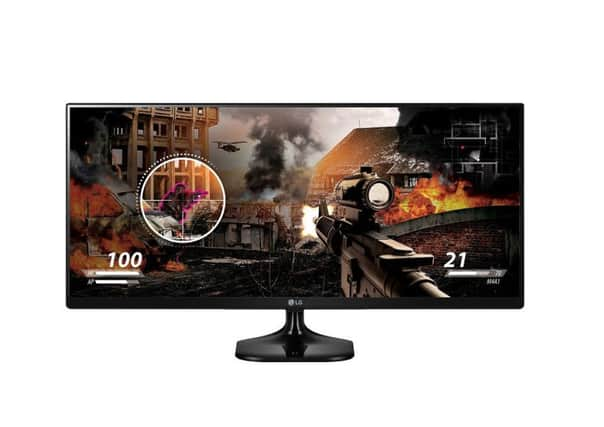How to get the best monitor for your money


And so there is. All screens these days are of the flat panel variety, but the technology they use varies considerably, as does the quality they can reproduce. Yet you don’t have to pay much more than the bare minimum to get a really good one.
The first consideration is whether the model you are considering is compatible with the PC or laptop with which you plan to use it. Four types of socket are in common use and you will need to make sure that at least one of them matches.
Advertisement
Hide AdAdvertisement
Hide AdThe oldest and still most common connection is the familiar, analogue VGA socket, which nearly all monitors have as standard. But it’s increasingly common for laptops to be digital only, with the same sort of HDMI socket found on the back of TV sets, and perhaps a DisplayPort – which itself comes in different varieties. Desktop PCs may also have a DVI outlet, another kind of digital hookup.
A monitor with at least two sockets is a sensible choice if you want it to outlast your current computer, You can buy cables later to patch one type of digital connector to another, but you can’t connect an analogue monitor to a digital-only computer, or vice versa.
The LCD panel itself may be one of several types, and it’s worth spending just a few pounds more for one that can still be seen when you look at it from an angle. The most commonly used acronym on shop displays is LED, which refers to the method by which the screen is backlit. It’s usually a marginally better option than the alternative of fluorescent backlighting, but the devil here is in the detail, because the more important consideration is the panel itself.
Most standard monitors use a technology called TN, or twisted nematic, because it’s cheap to produce and displays decent quality images for everyday use. But the brightness falls off dramatically if you don’t look at it straight on. On a big screen, you may notice differences as you move your eyes from one side to the other.
Advertisement
Hide AdAdvertisement
Hide AdNewer IPS panels get around this limitation, which makes them better suited to studying photographs or producing graphics. However, they respond fractionally more slowly to moving images, which makes them less attractive to those who enjoy playing games.
A third technology known as VA, or vertical alignment, sits somewhere in between. Its ability to block out the LED backlighting where it isn’t needed produces better contrast and deeper blacks.
Size is an obvious consideration for a monitor, and as with TV sets, the choice now extends beyond high definition resolutions of 1920 pixels by 1080. For between £155 and £180, you can buy an ultra-wide, 27in IPS screen that does away with the need for having two side by side – a configuration beloved by gamers and those who like to extend their desktops beyond the usual constraints. But check first that your PC’s graphics card will support it.
For most users, the standard size of 21.5 inches from corner to corner is fine, and prices start at around £60, £70 and £80 for TN, VA and IPS panels respectively. With the second two, you can expect at least one digital connector and, if you want it, a convenient built-in loudspeaker.